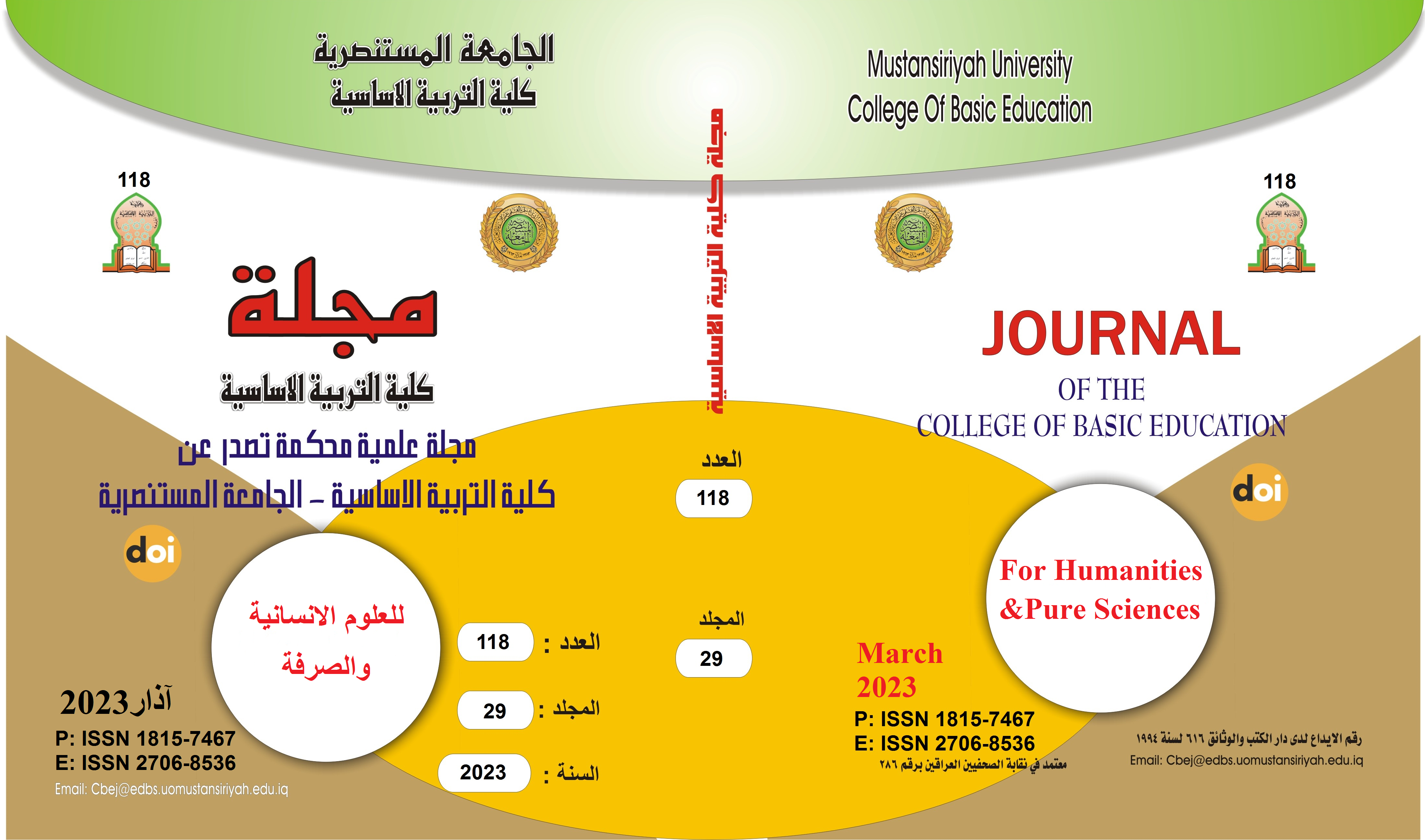Biophilia and spatial correlation in interior space design
Main Article Content
Abstract
Summary of the research:
The research examined the methods of employing the natural elements in the interior space in order to allow the strengthening of the relational elements between the user of the space and the place as an element of great importance that carries symbolic and cultural meanings and causes the generation of many human emotions and emotions as a result of the nature of the activities carried out by the user in the place. The relationship of space with nature was discussed, in addition to what biophilic theory and biophilic design are, and how biophilic design relates to defining and enhancing spatial identity. Twelve elements were identified to support the spatial connection in the design of the interior space through the use of biophilic elements. A number of scientific conclusions were reached, which were in their entirety a cognitive analysis of the modalities of spatial correlation in the design of the interior space by determining the importance of biophilic elements and methods of their employment in a way that enhances the psychological, emotional and physical comfort of the user of the place.
Keywords: biophilia, spatial association, inner space.
Article Details

This work is licensed under a Creative Commons Attribution-ShareAlike 4.0 International License.
